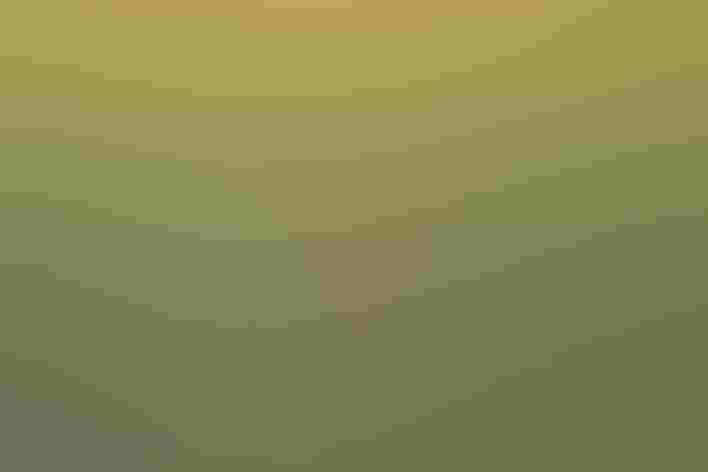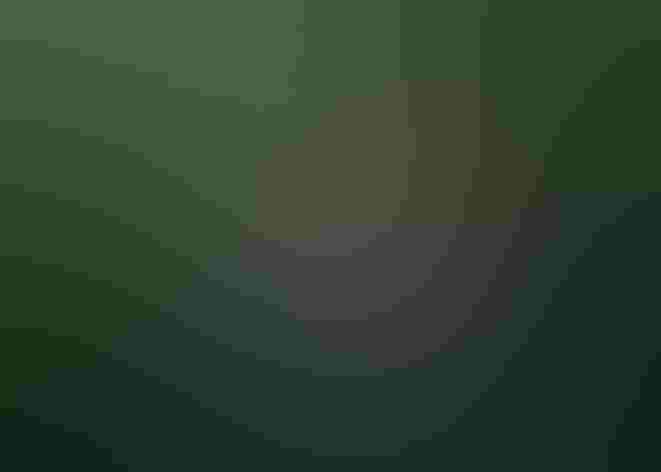Red-necked Grebe
At a Glance
A large grebe of northern marshes and coasts. Not especially wary when not molested by humans; nests on park lakes in some cities, such as Anchorage, Alaska. Colorful, noisy, and conspicuous on its nesting territory, it seems a different bird in winter, when it is gray and silent, a solitary bird of offshore waters. Rather clumsy in takeoff, and not often seen flying except in migration.
All bird guide text and rangemaps adapted from Lives of North American Birds by Kenn Kaufman© 1996, used by permission of Houghton Mifflin Harcourt Publishing Company. All rights reserved.
Category
Duck-like Birds, Grebes
IUCN Status
Least Concern
Habitat
Coasts and Shorelines, Freshwater Wetlands, Lakes, Ponds, and Rivers, Saltwater Wetlands
Region
Alaska and The North, California, Eastern Canada, Florida, Great Lakes, Mid Atlantic, New England, Northwest, Plains, Rocky Mountains, Southeast, Western Canada
Behavior
Direct Flight, Rapid Wingbeats, Swimming
Population
2.500.000
Range & Identification
Migration & Range Maps
Migration over land seems to be mostly at night, although migrates off coastlines during day. Apparently some normally winter on Great Lakes; during extremely harsh winters, these may be driven out when lakes freeze over.
Description
18-20" (46-51 cm). Told from Western and Clark's Grebes by color on neck, from Horned and Eared Grebes by yellow on bill (sometimes hard to see in winter) and more elongated shape. Pale cheeks contrast with reddish neck in summer, gray cheeks in winter.
Size
About the size of a Crow, About the size of a Mallard or Herring Gull
Color
Black, Gray, Red, White, Yellow
Wing Shape
Tapered
Tail Shape
Short
Songs and Calls
Usually silent. On breeding grounds, a variety of squeaks, growls, and wailing calls.
Call Pattern
Flat, Undulating
Call Type
Odd, Rattle, Trill
Habitat
Lakes, ponds; in winter, salt water. Summer: on freshwater lakes or large ponds having some marsh vegetation, surrounded by prairie, northern forest, or sometimes tundra. Winter: mostly on ocean, on protected bays but also miles offshore at times; also a few on some large lakes.
Sign up for Audubon's newsletter to learn more about birds like the Red-necked Grebe
Behavior
Eggs
4-5, sometimes 2-6. Bluish-white or very pale buff, becoming nest-stained brown. Both sexes incubate, 20-23 days.
Young
Are able to swim shortly after hatching; are fed by both parents, and may ride on parents' backs. Age at first flight not well known, may be 10 weeks in some cases. Usually 1 brood per year, rarely 2.
Feeding Behavior
Forages while swimming underwater, or while swimming on surface with head submerged. Also takes items (such as insects) from on or above water's surface, or from waterside plants.
Diet
Mostly insects and fish. Diet varies with season. May feed mainly on small fish in winter on coastal waters; in summer on marshes and ponds, feeds mainly on insects. Also eats crustaceans, mollusks, tadpoles, nereid worms, very small amounts of plant matter. Like other grebes, may eat feathers.
Nesting
Courtship displays complex, with loud calls, raising of crest. Members of pair may face each other and rise partly out of water, chest to chest; sit close together while turning heads from side to side; bring up bits of weed from underwater and perform ritual dance while holding weeds. Nest: Site is in shallow water among marsh vegetation. Nest (built by both sexes) is a floating mass of plant material, with a definite depression at the top, anchored to standing plants.
Conservation
Conservation Status
Population status not well known, but may have declined in recent decades. Vulnerable to pollution in coastal wintering areas.
Climate Threats Facing the Red-necked Grebe
Choose a temperature scenario below to see which threats will affect this species as warming increases. The same climate change-driven threats that put birds at risk will affect other wildlife and people, too.










